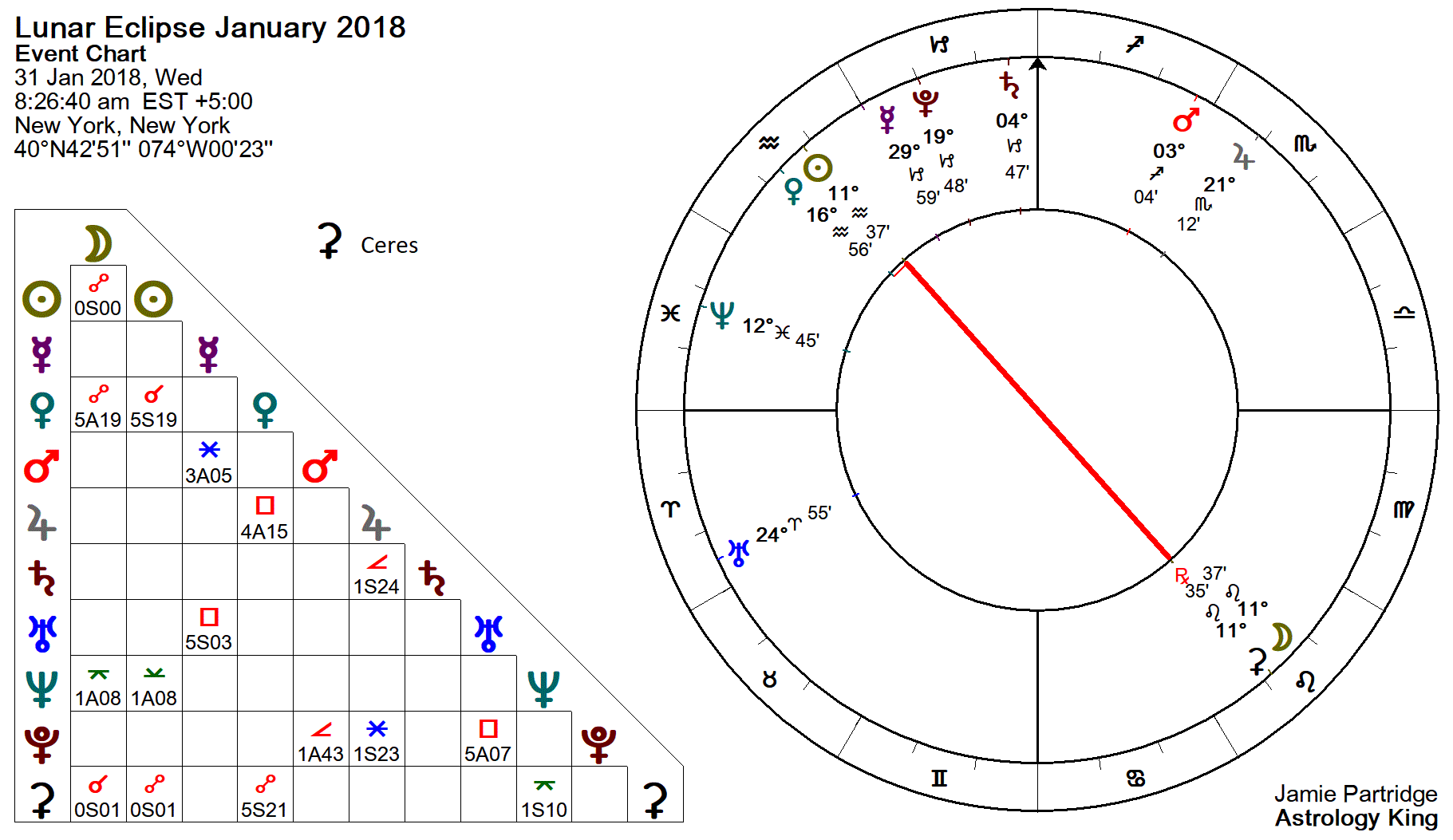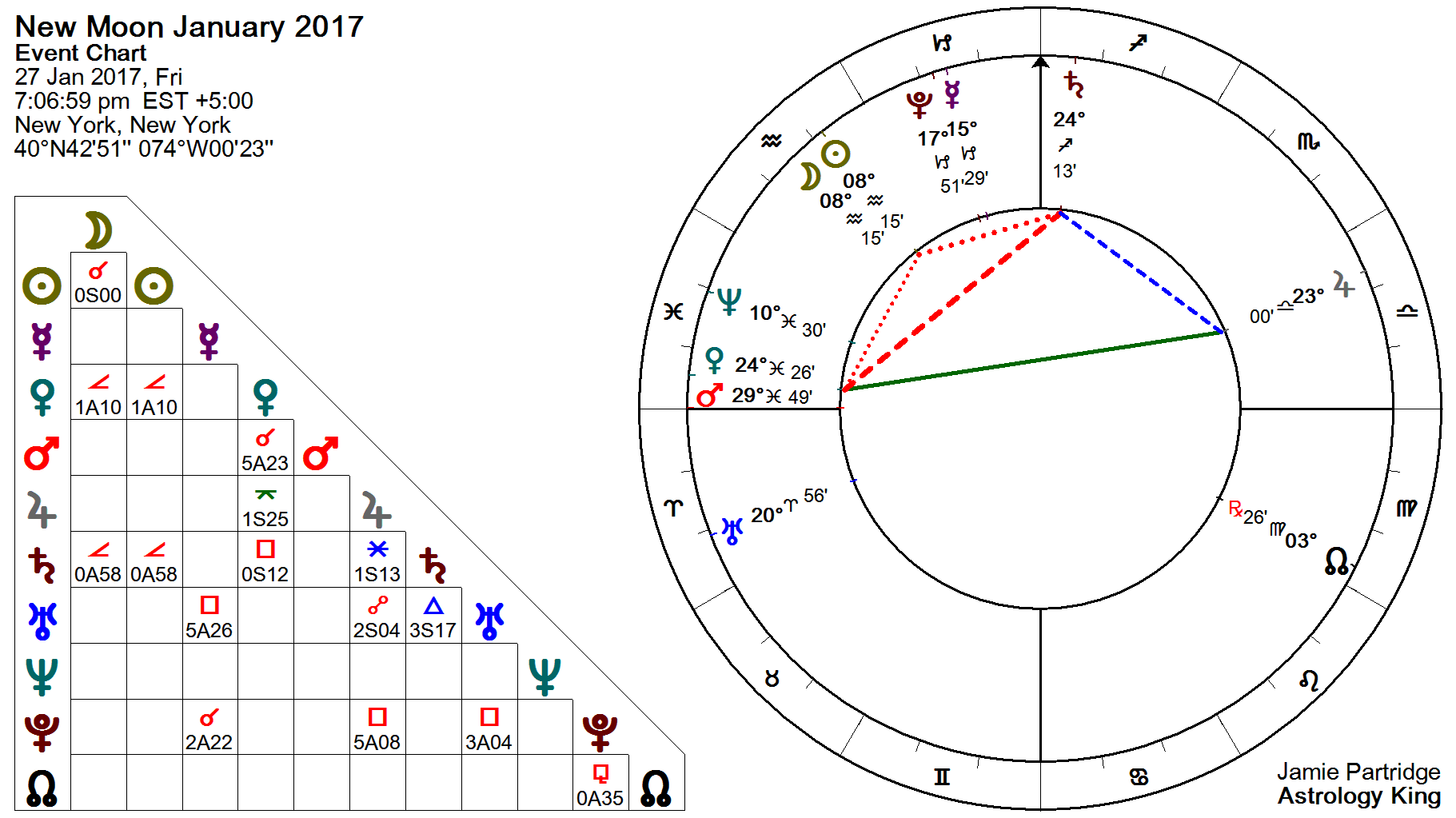Almost as if a dimmer switch was slowly being turned down, the surrounding landscape and deep shadows of a brilliant moonlit night begin to fade away.
With three-quarters of the moon's disk now eclipsed by the umbra, the part of it that is immersed in shadow should begin to very faintly light up— like a piece of iron heated to the point where it just begins to glow.
It now becomes obvious that the umbral shadow does not create complete darkness on the lunar surface. Using binoculars or a telescope, the shadow's outer part is usually light enough to reveal lunar maria and craters , but the central part is much darker, and sometimes no surface features are recognizable.
Colors in the umbra vary greatly from one eclipse to the next, reds and grays usually predominate, but sometimes browns, blues and other tints are encountered.
The Phases of the Super Blue Blood Moon of Explained
Less than 5 minutes to totality: Several minutes before and after totality, the contrast between the remaining pale-yellow sliver of the moon's surface and the ruddy-brown coloration spread over the rest of the disk may produce a beautiful phenomenon known to some as the "Japanese Lantern Effect. When the last of the moon enters the umbra, the total eclipse begins.
How the moon will appear during totality is not known. Sometimes the fully eclipsed moon is such a dark gray-black that it nearly vanishes from view. But it can also glow a bright orange. The reason the moon can be seen at all when totally eclipsed is that sunlight is scattered and refracted around the edge of Earth by our atmosphere.
To an astronaut standing on the moon during totality, the sun would be hidden behind a dark Earth outlined by a brilliant red ring consisting of all the world's sunrises and sunsets.
The brightness of this ring around Earth depends on global weather conditions and the amount of dust suspended in the air.
A clear atmosphere on Earth means a bright lunar eclipse. If a major volcanic eruption has injected particles into the stratosphere during the previous couple of years, the eclipse is very dark.
The moon is now shining anywhere from 10, to , times fainter than it was just a couple of hours ago. Since the moon is moving to the south of the center of Earth's umbra, the gradation of color and brightness across the moon's disk should be such that its upper portion should appear darkest, with hues of deep copper or chocolate brown.
Meanwhile, its lower portion — that part of the moon closest to the outer edge of the umbra — should appear brightest, with hues of reds, oranges and even perhaps a soft bluish-white. Observers away from bright city lights will notice a much greater number of stars than were visible before the eclipse began. The moon will be in the dim constellation of Cancer, the Crab, and positioned almost midway between the backward question-mark pattern of stars known as the Sickle of Leo well to its east upper left and the "twin stars," Pollux and Castor of Gemini well to the west the moon's lower right.
The darkness of the sky is impressive.
More Inspiration
The surrounding landscape has taken on a somber hue. Before the eclipse, the full moon looked flat and one-dimensional. During totality, however, it will look smaller and three-dimensional — like some weirdly illuminated ball suspended in space. Before the moon entered Earth's shadow, the temperature on its sunlit surface hovered at about degrees Fahrenheit degrees Celsius.
You may abruptly get a new job, get engaged, or move, or on the flip side, you may lose your job or breakup. Whatever happens, these eclipses have your back. And remember, each eclipse season is a cycle. And this particular story begins with a lunar eclipse at 11 degrees Leo on January 31, and it ends with a solar eclipse at 27 degrees Aquarius on February How will the lunar cycles affect you for the rest of ?
Find out with your exclusive Chinese astrology horoscope! What karma has been built over your many lifetimes? What is meant to be built in this lifetime? You have a destination, and this eclipse anchors you to it. And because Venus rules love and Leo rules romance, this is highly likely to affect your romantic relationships.
You get to set the terms. New Moon Solar Eclipse in Aquarius This second eclipse further emphasizes love and romance in our lives. The new moon falls on the sun, Mercury, and the marriage asteroid, Juno—all in Aquarius.
The sun rules your sense of self.

Mercury rules your thoughts and communication. And Juno rules loyalty, marriage, and soul contracts. And all of these are coming together with the moon! The ruler of your emotions.
All New and Full Moons in on the Astrology of page. A partial Solar Eclipse occurs on January 5, , at 15 degrees and 25 minutes of Capricorn , affecting people born with personal planets and points at approximately 10 to 20 degrees of the Cardinal signs Aries, Cancer, Libra, and Capricorn most significantly.
A Lunar Eclipse occurs on January 21, , at 0 degrees and 52 minutes of Leo , opposing the Sun at 0 degrees and 52 minutes of Aquarius, and affecting people born with personal planets and points at approximately 26 to 30 degrees of the Cardinal signs Aries, Cancer, Libra, and Capricorn and 0 to 6 degrees of the Fixed signs Taurus, Leo, Scorpio, and Aquarius most significantly.
A Solar Eclipse occurs on July 2, , at 10 degrees and 38 minutes of Cancer , affecting people born with personal planets and points at approximately 6 to 16 degrees of the Cardinal signs Aries, Cancer, Libra, and Capricorn most significantly.
Eclipses: Tables
A Solar Eclipse occurs on December 26, , at 4 degrees and 7 minutes of Capricorn , affecting people born with personal planets and points at approximately 0 to 8 degrees of the Cardinal signs Aries, Cancer, Libra, and Capricorn most significantly. The Astrology of — Overview. Jupiter in Sagittarius Faith, optimism, and a yearning to explore all kinds of new horizons: Travel, education, and other ways to stretch your horizons open new doors of opportunity.
Religious, philosophical, and cultural matters are likely to have special appeal for you now; transmitting ideas on a broader scale brings gain. Creating a structure to empower and maintain your ideals and principles becomes a high priority, an article of faith. By taking on greater responsibilities of this kind, you become an inspiration to others.
Ambition unlimited always ends in defeat.
